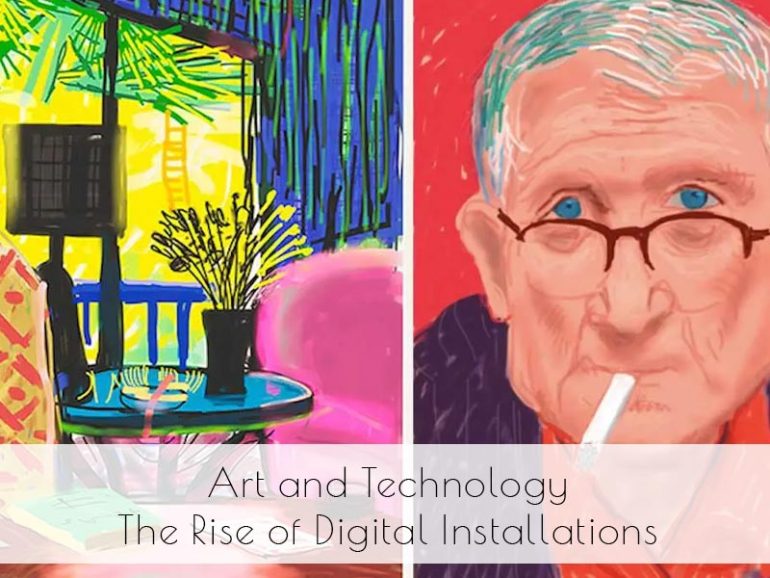Digital art and installations have revolutionized the art world, blending technology with creativity to produce immersive and interactive experiences. These works often challenge traditional boundaries and invite viewers to engage with art in new and exciting ways. Here we thought it would be a good idea to explore the rise of digital installations, their historical context, key artists and works, and the impact of technology on traditional art forms.
Historical Context and Early Digital Art
Digital art began to emerge in the 1960s and 1970s, coinciding with the advent of computer technology. Early pioneers used computers to create abstract designs, animations, and interactive installations, laying the groundwork for the digital art we see today.
- Early Pioneers: Artists like Frieder Nake and Vera Molnár used early computers to generate abstract compositions. Their work explored the aesthetic potential of algorithms and machine processes.
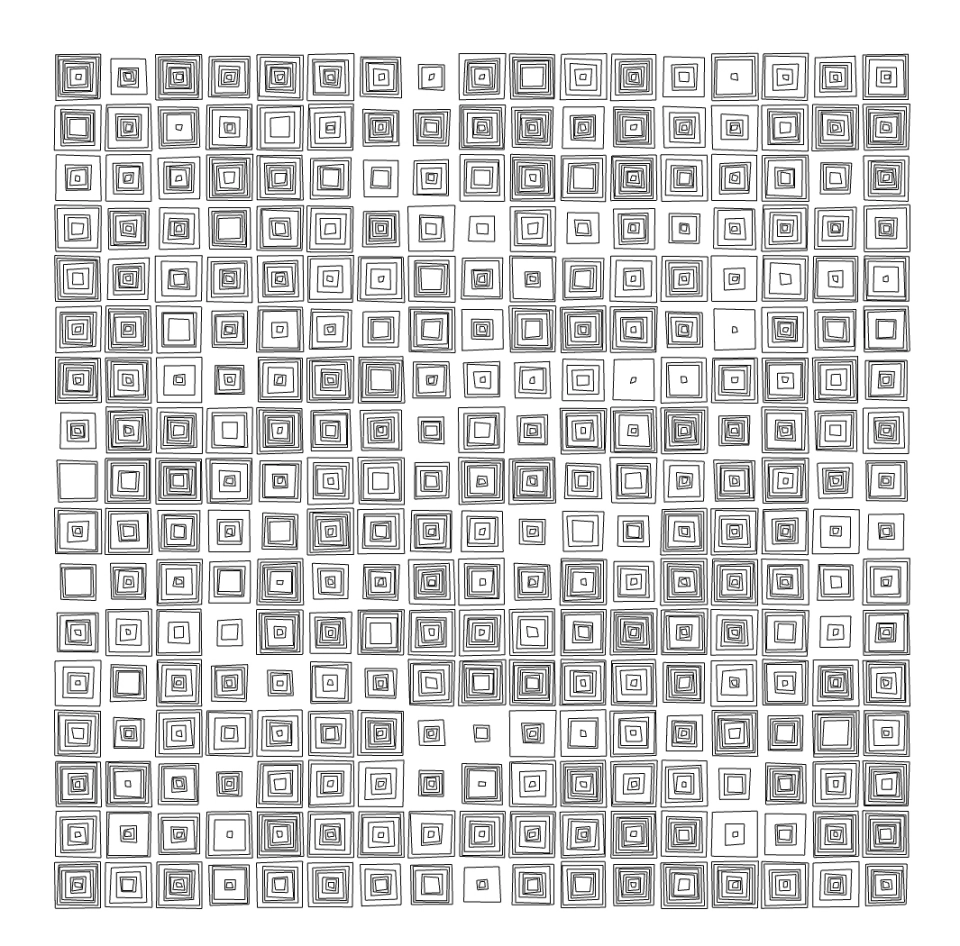
Key Artists and Works in Digital Installations
Several contemporary artists have become renowned for their innovative digital installations, using technology to create dynamic and immersive art experiences.
- teamLab: This interdisciplinary collective from Japan is known for its large-scale digital installations that blend art, science, and technology. Their works often involve interactive elements, allowing viewers to engage directly with the art.
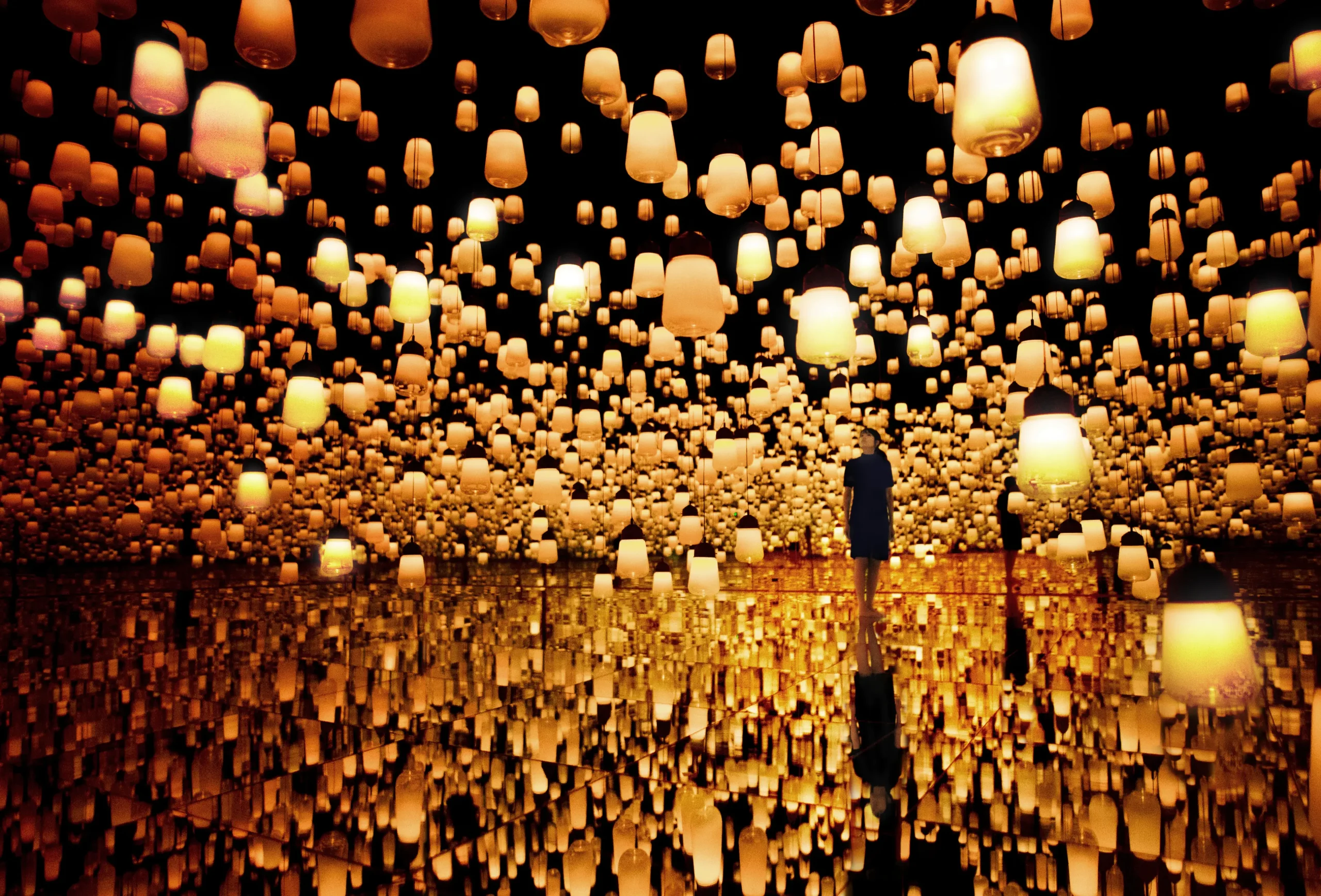
- Rafael Lozano-Hemmer: A Mexican-Canadian artist, Lozano-Hemmer creates interactive installations that explore themes of surveillance, participation, and public space. His work often involves large-scale projections, sensors, and real-time data.
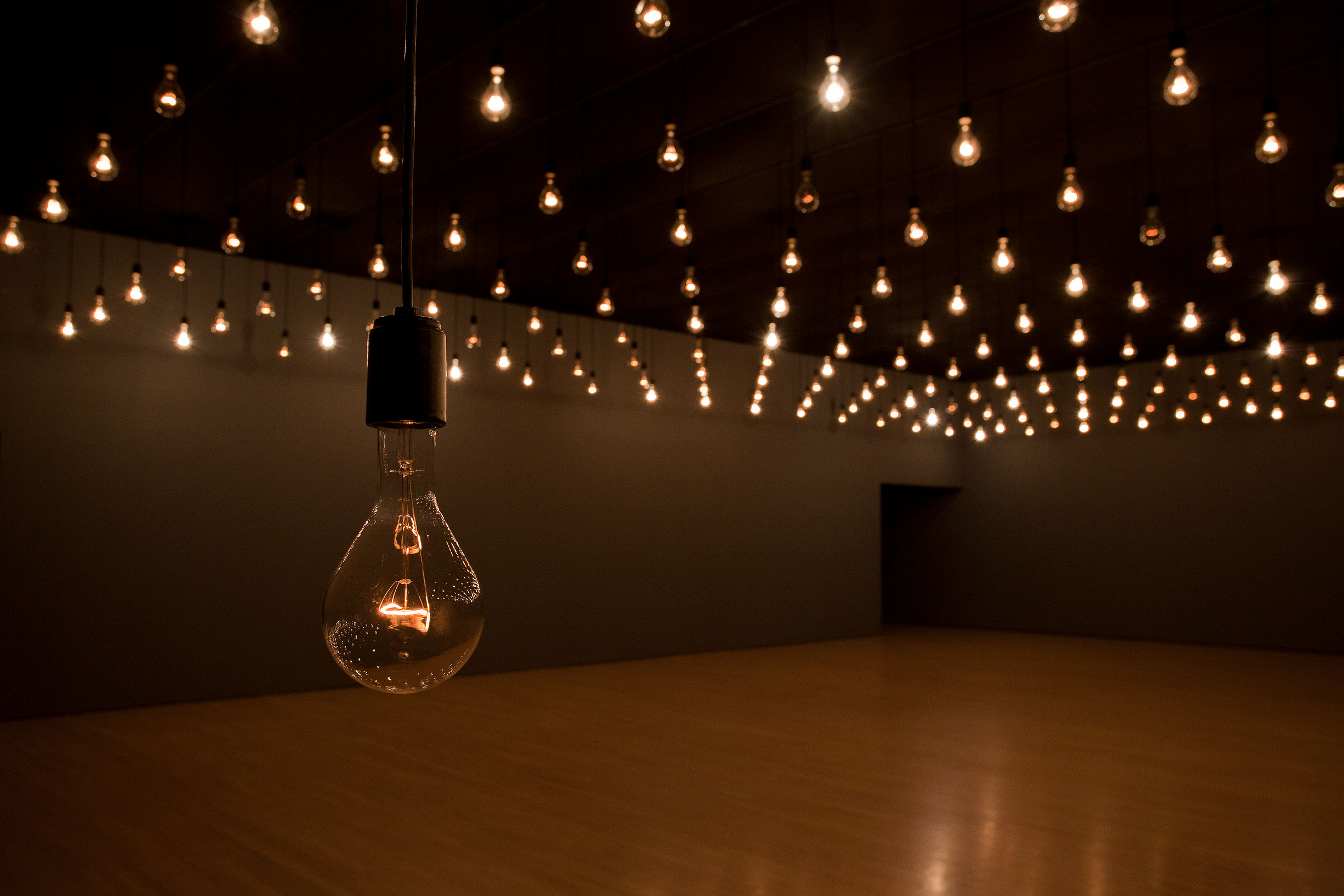
- Refik Anadol: Anadol is a Turkish-American media artist known for his data-driven installations that transform architectural spaces into dynamic canvases. His work integrates artificial intelligence and machine learning to create mesmerizing visualizations.
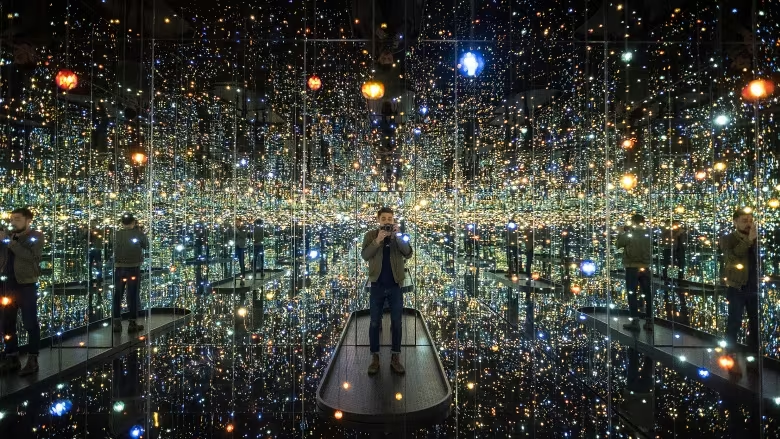
The Impact of Technology on Traditional Art Forms
Technology has not only given rise to new forms of art but also transformed traditional practices. Artists across various mediums have incorporated digital tools to enhance their creative processes.
- Enhanced Techniques: Digital tools like Photoshop, 3D modeling software, and virtual reality have expanded the possibilities for traditional artists. These tools enable precise editing, complex simulations, and immersive experiences that were previously unimaginable.
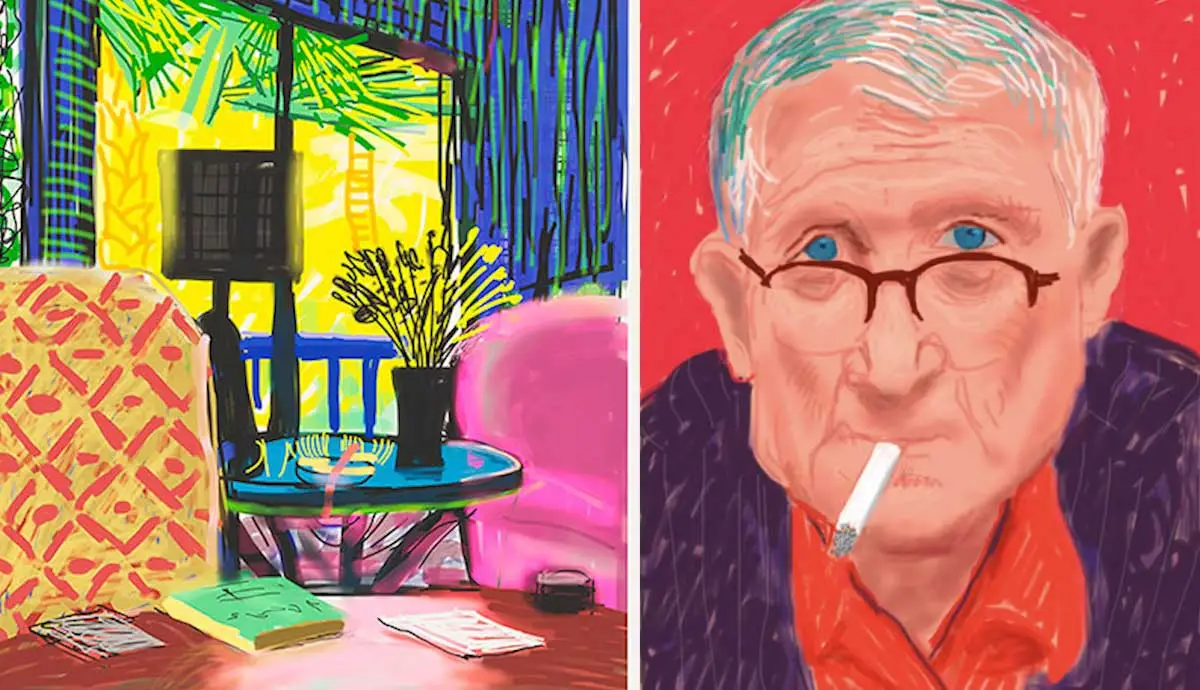
- Expanded Accessibility: Technology has made art more accessible to a global audience. Online galleries, virtual exhibitions, and social media platforms allow artists to share their work with people around the world, breaking down geographical barriers.
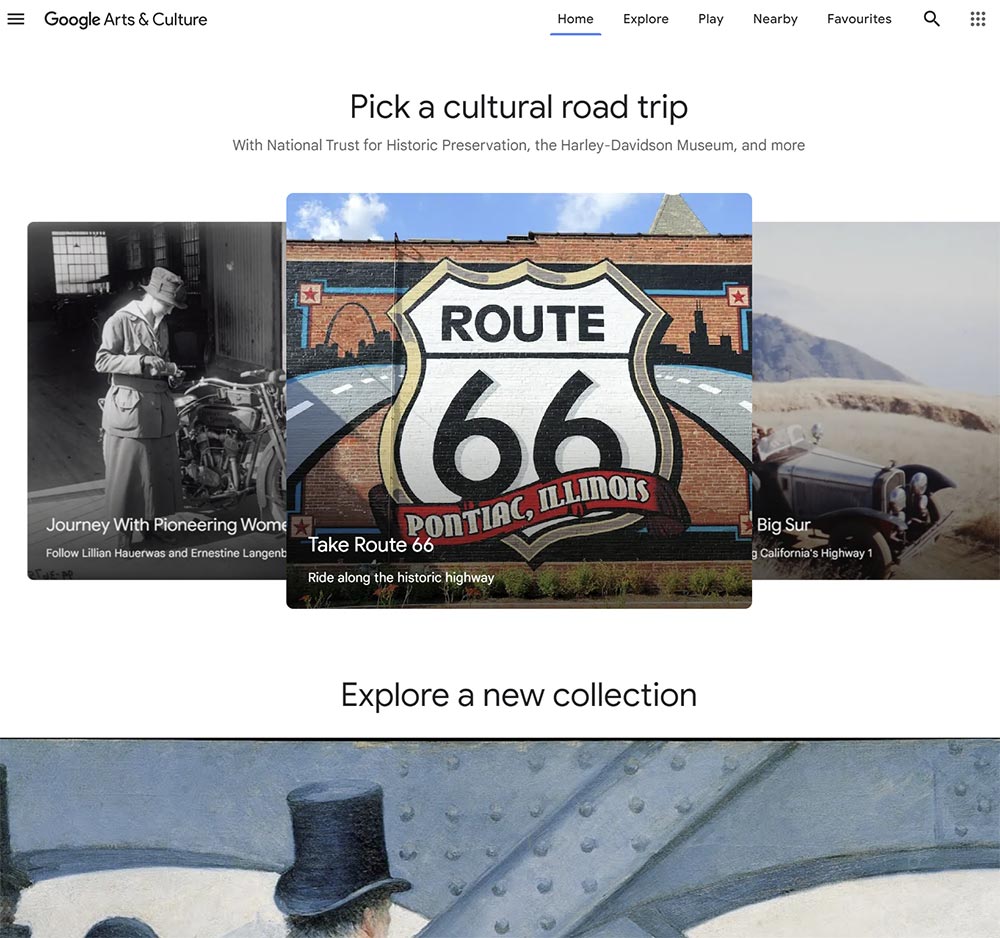
The rise of digital installations marks a significant evolution in the art world, blending technology with creativity to create new forms of expression. As artists continue to explore the possibilities of digital media, we can expect to see even more innovative and immersive art experiences. The future of digital art holds endless potential, challenging our perceptions and expanding the boundaries of what art can be.
If you would like to receive a roundup of all of our blog posts once a week to keep you inspired in your inbox, why not sign up to our newsletter. You can access our sign up at the top of our page. If you are a London Art College student and you would like your artwork featured here, drop us a line at any time.

